News
Celebrating International Day of Women and Girls in Science
Ahead of the UN’s International Day of Women and Girls in Science, meet five young girls and discover what inspired them to pursue a career in eye research.
For the UN’s International Day of Women and Girls in Science, Saturday 11 February, five women at CERA share what led them to their career in eye research.
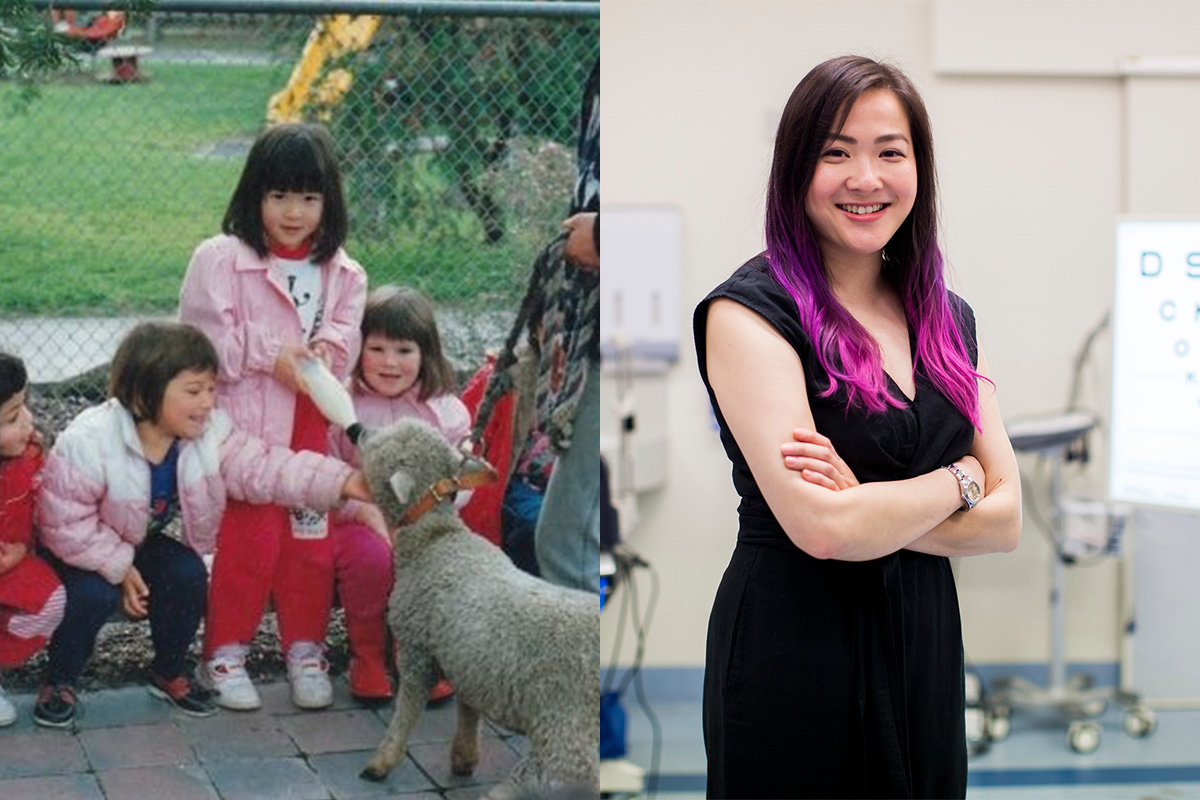
Dr Flora Hui, Research Fellow, Glaucoma
“This is a photo of me in kindergarten, feeding a little lamb milk. I love this photo because it was the first time that I’d ever been so close to live animal that was bigger than me, and I remember being a little cautious but excited, and the little lamb was so cute!
“My parents came to Australia from Hong Kong in the 80s, and I am the only child in the family to be born in Australia. I am also part of the first generation in our extended family to go to university. Growing up – I didn’t know what I wanted to be, I kept changing my mind!
“I remember being in Grade 6 and drawing a grown-up version of me, going to work as a lawyer, but by the time I finished high school I was still undecided. At university, I took a subject in vision science and that changed my mind completely, eyes and vision was so fascinating.
“That began my journey to become an optometrist, and in my final year of university it was having Professor Bang Bui as my research supervisor that opened the world of eye research to me. It’s been an amazing journey since, full of different opportunities, ups and downs, but the people I have around me, and the people I have met in my research career continually inspire me to keep exploring.”
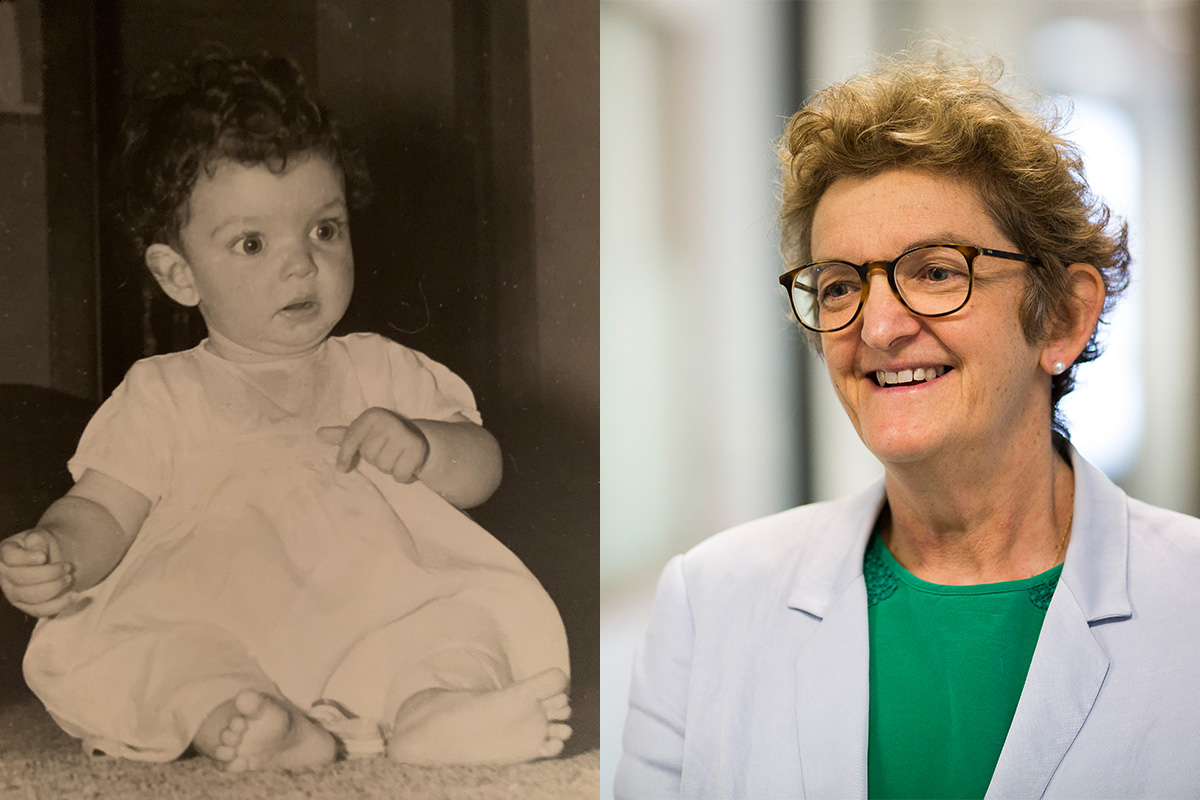
Professor Robyn Guymer AM, Deputy Director, Head of Macular Research
“Growing up, I wanted to be a TV journalist, so I wrote to Caroline Jones to ask her how she became a journalist and never heard back. My English teacher in Year 12 just laughed.
“I was hopeless at English so I guess I worked out that wouldn’t be a sensible choice. I was much better at the sciences, so I thought I’d try for medicine and, if not, I’d teach like my parents.
“My brother who was older got into medicine, so I think I just thought I’d do what he was doing.”
In 2021 Professor Guymer was ranked number 2 in the word for macular research. Throughout her career, she has achieved many ‘firsts’ in her pursuit to save the sight of people with age-related macular degeneration (AMD).
She was recognised in the 2021 Victorian Women’s Honour Roll as a trailblazer who has paved the way for women in ophthalmology and eye research.
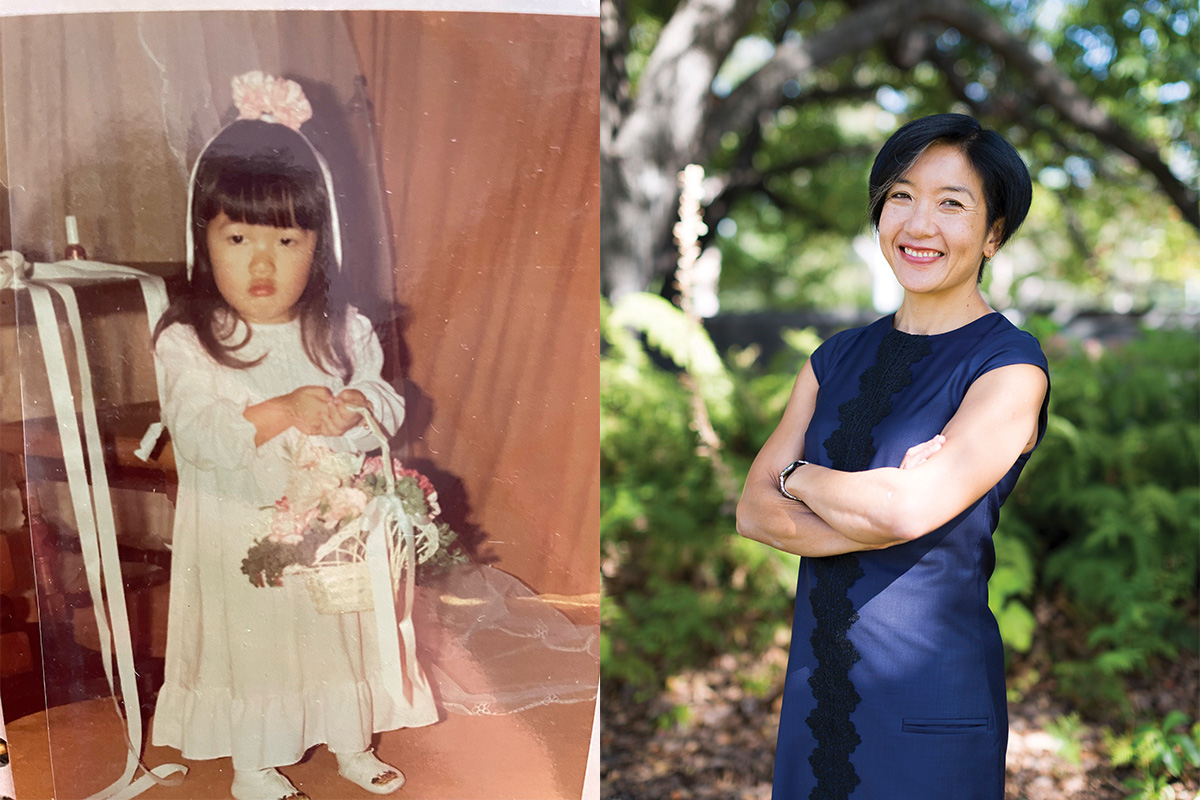
Associate Professor Lyndell Lim, Head of Clinical Trials Research
“When I was growing up, it was literally a different era!
“Gender stereotypes galore – when we played doctors and nurses in kindergarten, I was always the nurse or a patient, and a boy was always the doctor. And so, in those days, as per gendered stereotypes, I aspired to be a ballet dancer, particularly the sugar plum fairy from the Nutcracker.
“Why didn’t I become a ballerina? The answer is simple – sheer lack of talent and the realisation that my strengths lay elsewhere.
“Whilst I am glad to see that things have changed a little where women can be doctors and men can be nurses, there is still a way to go with respect to achieving parity in senior roles and in medical and surgical subspecialties.
“That said, I still love going to the ballet – and I will be taking my two teenage sons to the Nutcracker this year.”
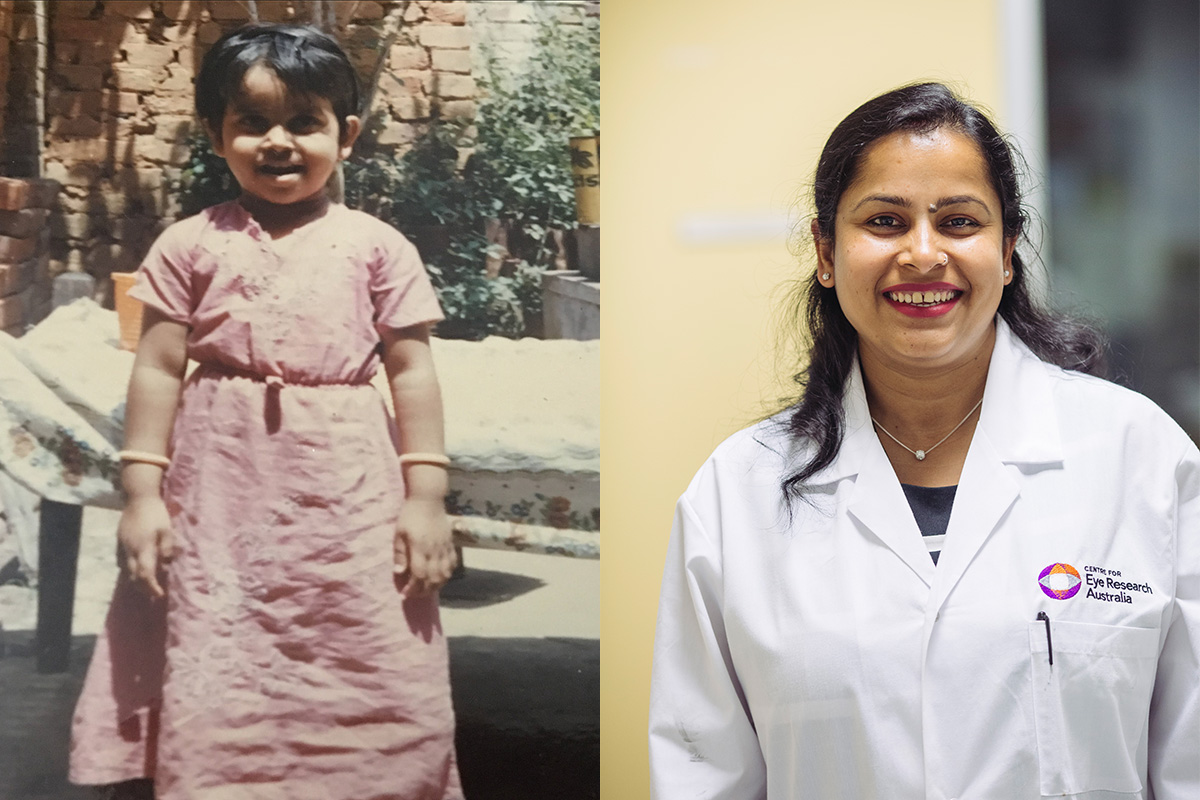
Dr Sushma Anand, Research Fellow, Mitochondria and Neurodegeneration
“I wanted to be a businesswoman and follow my father’s career path.
“I remember I was in Grade 4 or 5 when I started helping my father in his supermarket business.
“But as time flew and I got into high school, I found science interesting.
“I was curious in Grade 9 to 12, so decided to study biology to understand the complexity of a single cell.
“I would give credit to my teachers who motivated me. My Masters research project gave me the first opportunity to see a real research laboratory, and DNA and cells under microscope.
“I was amazed, and I realised this is what I want to do in my life.”
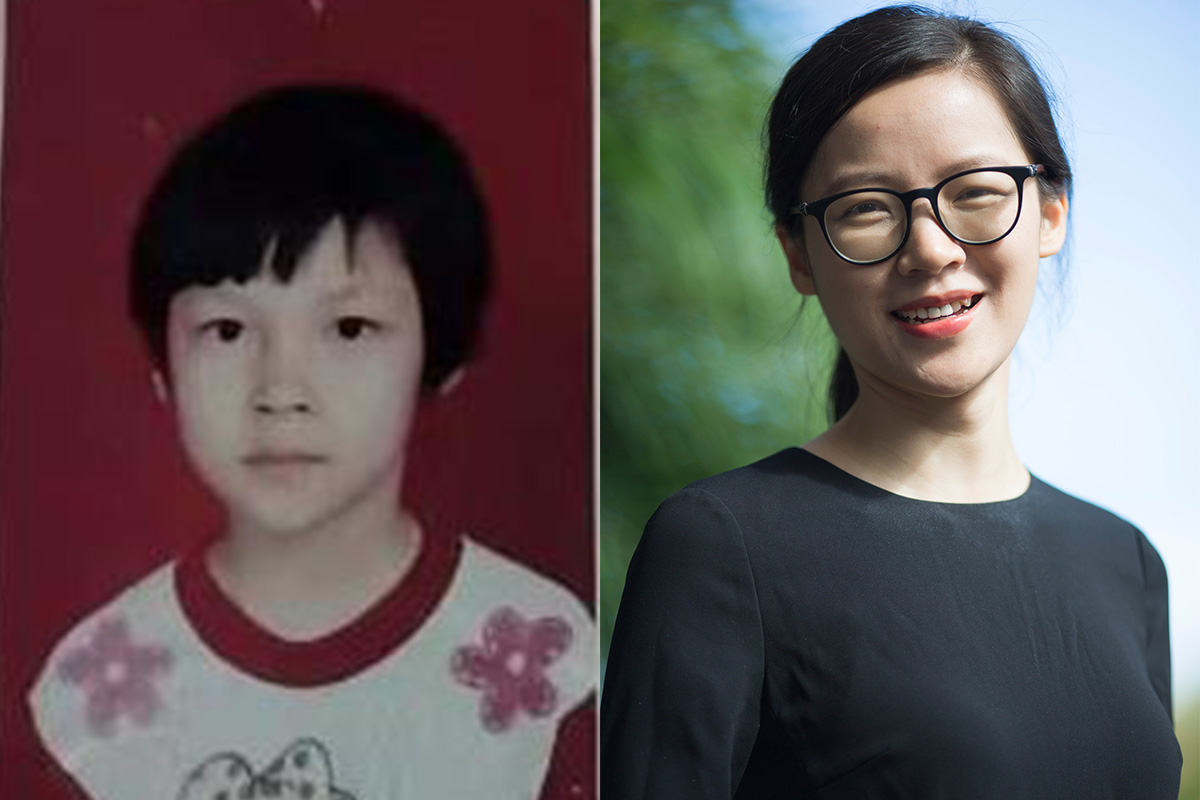
Dr Lisa Zhuoting Zhu, Principal Investigator, Ophthalmic Epidemiology
“When I was a child, I went to hospital very often.
“To my parents’ surprise, I always behaved so well and brave.
“I was always curious about what doctors and nurses did, and thought they must have the magic. It seemed to me that becoming a doctor was a natural thing.”
Dr Zhu is now the Principal Investigator of Ophthalmic Epidemiology at CERA.
Her work leverages artificial intelligence and retinal imaging to detect sight-threatening conditions, such as diabetic retinopathy, glaucoma and age-related macular degeneration.
